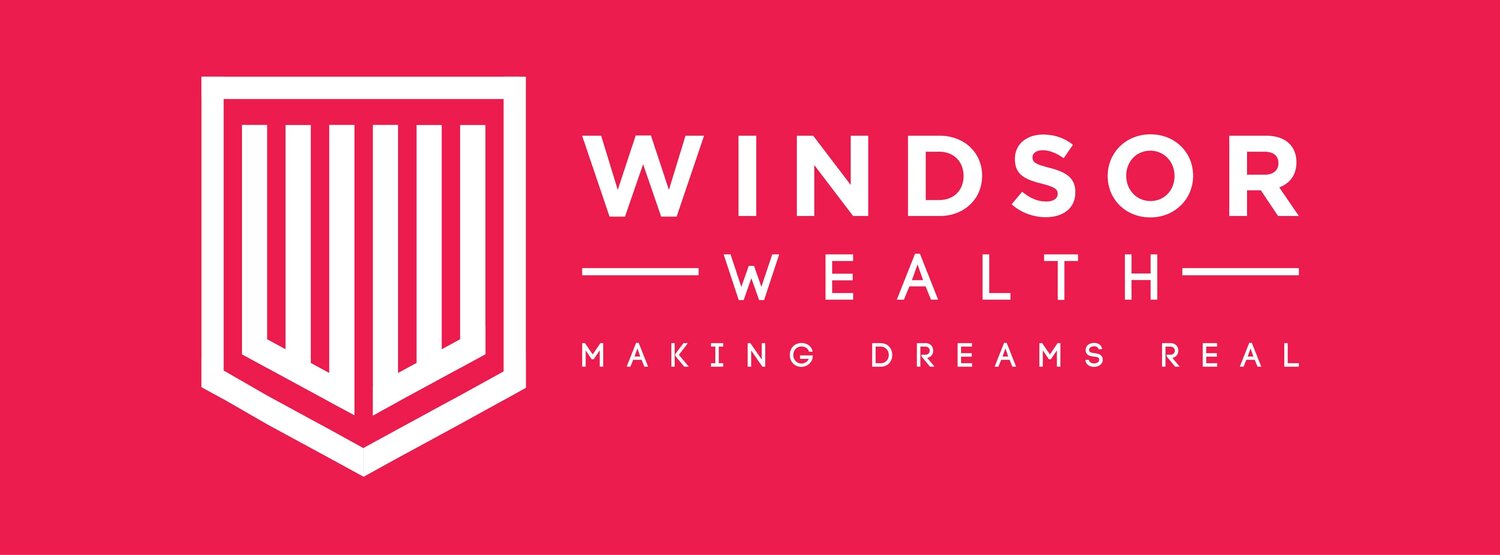Why Income Protection is Non-Negotiable and Why MRI is Usually Best
According to research from CommBank:
“For every family that loses its home in a fire, four families lose their home because of the death of a breadwinner, and 48 families lose their home because of a breadwinner becoming disabled.”
You are 48 times more likely to lose your home because you can’t work than because it burns down. Most people insure their house and car, yet leave the thing that pays for them – their income – completely unprotected.
Your ability to earn is your biggest financial asset. If you couldn’t work tomorrow due to illness or injury, how would you keep paying for your home, your bills, and the life you’ve worked for? That’s what income protection is for.
What is Income Protection Insurance?
Income protection pays you a percentage of your income if you can’t work because of illness or injury. It keeps money coming in so you can protect the lifestyle of you and your family, whether you are off work for a few months or many years. For most people who rely on their income, this cover is essential. It protects your family’s financial stability when health takes an unexpected turn.
MRI vs Income Cover – What’s the Difference?
This is where people often get confused. A client asked me just last week why he had “mortgage protection” when he didn’t even have a mortgage. The truth is that Mortgage Repayment Insurance is simply a type of income protection. It isn’t tied to a mortgage at all. The name exists only because there’s an option to insure 115 percent of your mortgage, but almost no one uses that. In practice, people insure a percentage of their income. So why recommend MRI instead of standard Income Cover? The answer is in how it works with ACC.
Why MRI is Usually Better
The big difference is how claims are treated if you are injured and receiving ACC payments.
Income Cover offsets ACC payments. If ACC is already paying you 80 percent of your income after an accident, Income Cover may pay you nothing extra, even though you’ve been paying premiums.
MRI does not offset ACC. If ACC pays you 80 percent of your income, MRI will still pay its full benefit on top.
Real Example
A kitchen fitter I work with recently tore his shoulder and needed surgery. ACC paid him 80 percent of his income. His MRI policy also paid out in full because MRI doesn’t offset ACC.
If he’d chosen standard Income Cover instead, he would have been paying for a policy that gave him nothing extra when he needed it most.
How Much Can You Cover?
MRI has a maximum cover of 45 percent of your income. If you want higher protection, for example 50 percent, we normally structure it as:
45 percent MRI to maximise the ACC-friendly benefit.
5 percent Income Cover to top up to the desired level.
Who Should Consider Income Protection?
Most people who rely on their income should consider it. It doesn’t matter whether you rent, own a home, or live with family. If you have bills to pay or people depending on you, income protection should be a priority.
Think of it this way. You probably insure your house against fire, even though the odds are tiny. Yet you are 48 times more likely to lose that house because you can’t work. It makes no sense to insure the bricks and not the income that pays for them.
Income protection insurance is essential for most people. MRI is usually the better option in New Zealand because it pays even when ACC does. Maximise MRI first, then top up with Income Cover if needed.
If you’re not sure what you’re covered for, or if you’re worried you might be paying for a policy that won’t pay out when you need it, talk to us. We can help you review your cover and make sure you’re properly protected.

